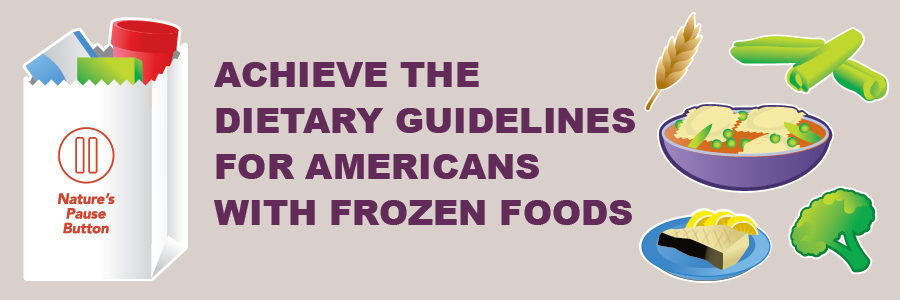Advantage
Supports Produce Consumption
There is a produce consumption crisis in the United States. Only one in 10 adults are eating the recommended servings of fruits and vegetables a day and nearly half of all children ages 1-5 don’t eat a single vegetable on a daily basis.
Frozen food helps increase produce consumption for all Americans. When consumers have various forms of fruits and vegetables available in their home, their produce intake is higher than if just fresh is available. Research finds that consumers who eat frozen fruits and vegetables eat more total fruits and vegetables than others, indicating how frozen makes produce consumption easier. Frozen produce comes peeled and chopped, making it even easier for families to add in fruits and vegetables at mealtime.
Frozen fruits and vegetables have the same nutrition as fresh produce. Fruits and vegetables are frozen within hours of harvest and the quick-freezing process locks in nutrients. In fact, studies conducted by the Universities of Georgia and UC-Davis, in partnership with the Frozen Food Foundation, reveal that the nutritional value of some frozen fruits and vegetables is actually greater than fresh-stored produce.
See the Benefits:
Infographics

Achieve the Dietary Guidelines for Americans with Frozen Foods
Americans are striving for nutritious and affordable meal options that are easy to prepare. To evaluate the feasibility, nutritional value and affordability of a weekly menu consisting primarily of frozen foods, menu modeling was used to bring recommended U.S. Department of Agriculture (USDA) food patterns to life with frozen foods.
